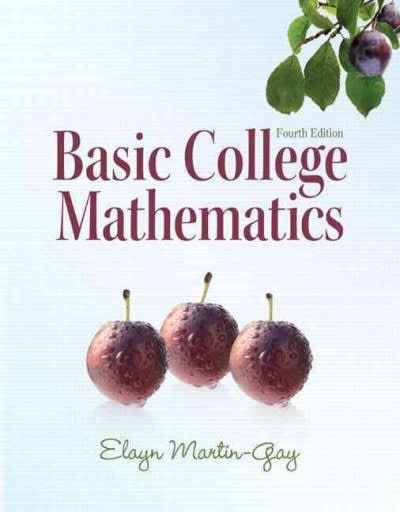Question
(a) If a coin is tossed independently 100 times and the probability of getting a heads is p= 0.5, what is the probability of getting
(a) If a coin is tossed independently 100 times and the probability of getting a heads is p= 0.5, what
is the probability of getting k"Heads"? What are the most likely values for the numbers of heads
whose total probability is at least 95%? Compute this range exactly (which will require a numerical
computation). This is the set of values for the number of heads we would need to observe to test
if the coin was fair a level of significance of 5%. Repeat this for the case of p= 0.49. If p= 0.49,
what is the chance that the admittedly unfair coin (since p6= 0.5) would pass the test that it is a
fair coin at the 5% level of significance? Do not make any approximations
(b) Suppose there are N groups in the class and each group is actualy given a fair coin. Find the
probability that when each group tosses the 100 coin tosses, that all lab groups find their results
support the hypothesis that the coin is fair. Evaluate this for the number of groups in the class.
How large does N have to be to have this probability less than 1/2

Step by Step Solution
There are 3 Steps involved in it
Step: 1

Get Instant Access to Expert-Tailored Solutions
See step-by-step solutions with expert insights and AI powered tools for academic success
Step: 2

Step: 3

Ace Your Homework with AI
Get the answers you need in no time with our AI-driven, step-by-step assistance
Get Started


